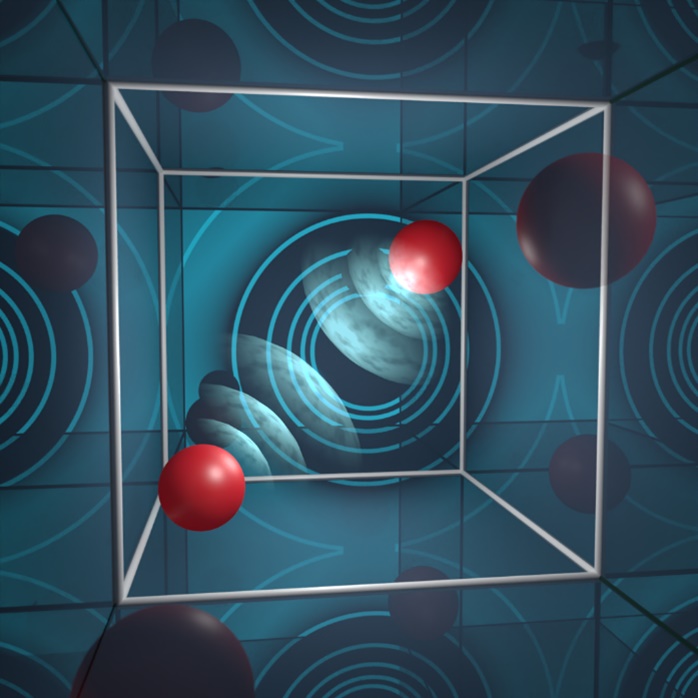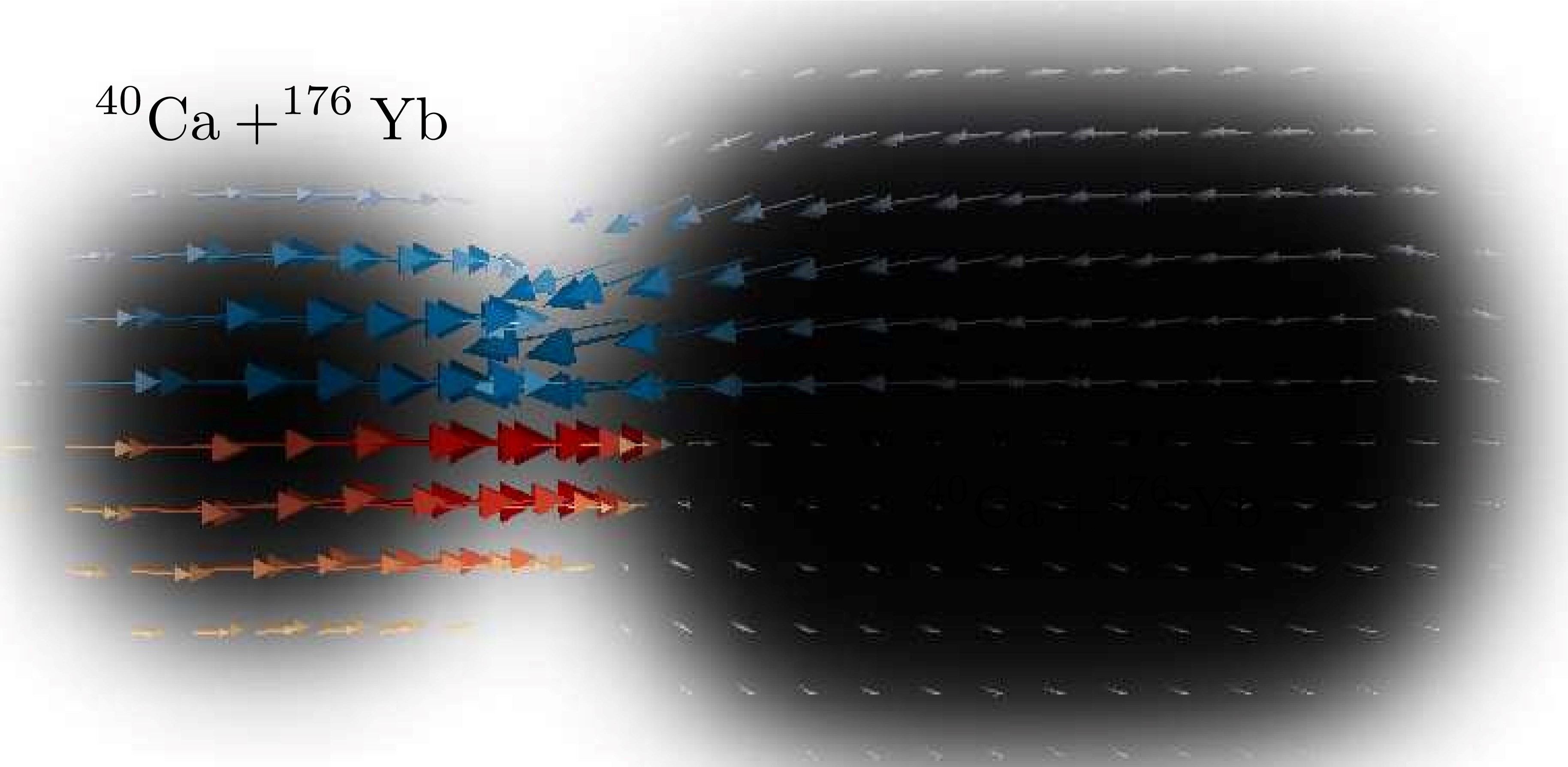Understanding Charged-Particle Bound States in Periodic Boxes
Finite geometry reveals fundamental properties of charged quantum systems.

The Science
The ways atomic nuclei and their protons and neutrons can combine are extremely complex and often difficult to study experimentally. As one interesting way to make theoretical predictions, physicists use methods called finite-volume simulations with periodic boundary conditions. These simulations create an imaginary box around a group of protons and neutrons. The periodic boundary conditions mean that particles leave the volume on one side of the box and reenter on the other. This box has an effect on large-scale computations of the atomic nuclei formed by the protons and neutrons.The Impact
This work solves a long-standing and fundamental problem for electrically charged systems in “periodic boxes” in finite-volume simulations. The study derives the mathematical equation that describes how the properties of electrically charged systems depend on the size of the simulation volume. This “volume dependence” makes it possible for physicists to learn the real-world physical properties of a system. This will aid in studies of how elements form in stars.Summary
This work solves a long-standing and fundamental problem regarding charged systems in a finite-volume with periodic boundary conditions. It derives the expected volume dependence for the binding energies of nuclei with two or more protons. In an atomic nucleus, the "strong nuclear force" binds protons and neutrons together. However, accurate descriptions of a nucleus must also consider the electromagnetic repulsion between protons. This force is particularly strong at the lowest energies, where many important processes take place that create the elements that make up the world we know.This study means that nuclear binding energies can now be more accurately predicted from lattice simulations that use finite-volume boxes and must be extrapolated to infinite box size. Among other implications, the study allows researchers to extract parameters that play an important role in low-energy astrophysical reactions where one nucleus is captured by another to produce a new element.
Contact
Sebastian KoenigNorth Carolina State University
skoenig@ncsu.edu
Dean Lee
Facility for Rare Isotope Beams, Michigan State University
leed@frib.msu.edu
Funding
Two of the researchers were supported in part by the National Science Foundation. A third researcher was supported by the Department of Energy (DOE) and its Nuclear Computational Low-Energy Initiative (NUCLEI) SciDAC-5 project. This material is based upon work supported by the DOE Office of Science, Office of Nuclear Physics, under the FRIB Theory Alliance.Publications
Yu, H., Koenig, S., and Lee, D., Charged-Particle Bound States in Periodic Boxes. Physical Review Letters 131, 212502 (2023). [DOI: 10.1103/physrevlett.131.212502]Related Links
Understanding Charged Particles Helps Physicists Simulate Element Creation in Stars, North Carolina State University press releaseHighlight Categories
Program: NP
Performer: University



